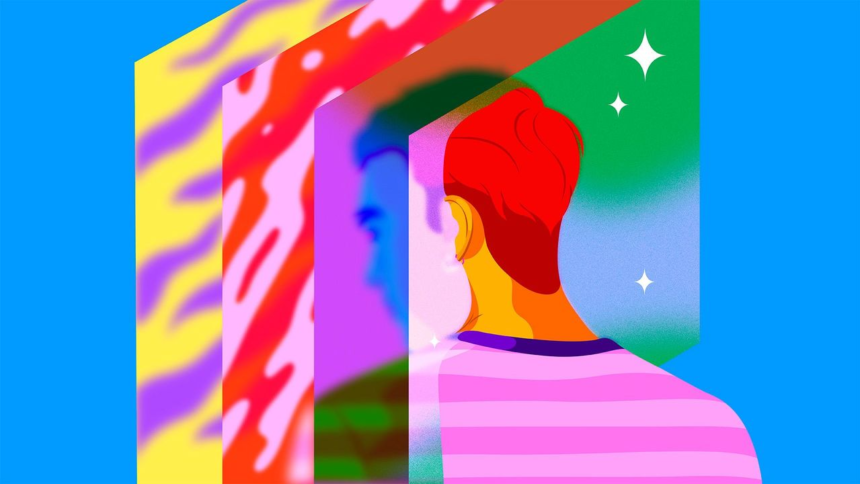Introduction
Every click, view, and binge-watch session on YouTube is powered by a mysterious, ever-evolving algorithm. But what happens beneath the surface, in the shadowy corners few users ever see? YouTube’s algorithm doesn’t just promote trending videos—it also shapes cultural narratives, influences creators’ success, and sometimes hides content from public view. Let’s dive into the hidden world of YouTube’s algorithm and uncover the secrets that determine what the world watches.

1. YouTube’s Algorithm Prioritizes Watch Time Over Everything
While early YouTube days rewarded sheer view counts, today’s algorithm centers on watch time and session length. Videos that keep users engaged for longer periods are favored, pushing creators to design content that maximizes retention, sometimes at the cost of depth or quality.
2. Shadow Content: The Videos You Rarely See
Beneath the viral hits lies a sea of hidden videos—content that either never gets surfaced or is quietly de-emphasized. Some of this “shadow content” includes experimental art, niche communities, or controversial subjects the algorithm deems too risky for mass audiences.
3. Algorithmic Bias Shapes What Trends
Not all content is treated equally. Studies show that algorithmic biases, whether intentional or unintentional, can promote mainstream creators while sidelining marginalized voices or independent channels. Popularity snowballs as promoted videos get more visibility, leaving others to languish unseen.
4. Personalization Creates Filter Bubbles
Every user’s experience is unique, tailored to their history and preferences. While this personalization feels convenient, it often traps viewers in filter bubbles, reinforcing existing beliefs and limiting exposure to diverse perspectives.
5. Controversial Content Gets Boosted—Then Suppressed
At times, sensational or controversial videos can spike in recommendations due to high engagement metrics (likes, comments, shares). However, once flagged by moderators or AI systems, the same content can be buried or demonetized, illustrating the algorithm’s volatile nature.
6. Creator Strategies to “Game” the Algorithm
Successful YouTubers often tailor thumbnails, titles, and video structures specifically to algorithm preferences. Techniques like “open loops” (teasing future content without closure) or clickbait titles subtly manipulate viewers into longer watch sessions, directly feeding algorithmic rewards.
7. YouTube’s Algorithm is Constantly Changing
YouTube updates its algorithm hundreds of times a year, often without announcing major changes. What works for creators today may not work tomorrow, leading to sudden shifts in visibility and income. Staying relevant requires constant adaptation and monitoring.
Conclusion
Understanding YouTube’s hidden algorithmic world reveals just how much unseen forces dictate what we consume online. While it offers personalized, engaging experiences, it also raises critical questions about visibility, fairness, and the unseen shaping of culture. As creators and viewers, being aware of these hidden dynamics helps us navigate YouTube with more intention—and maybe even challenge the system itself.
Related Reading: How Algorithms Shape Social Media









